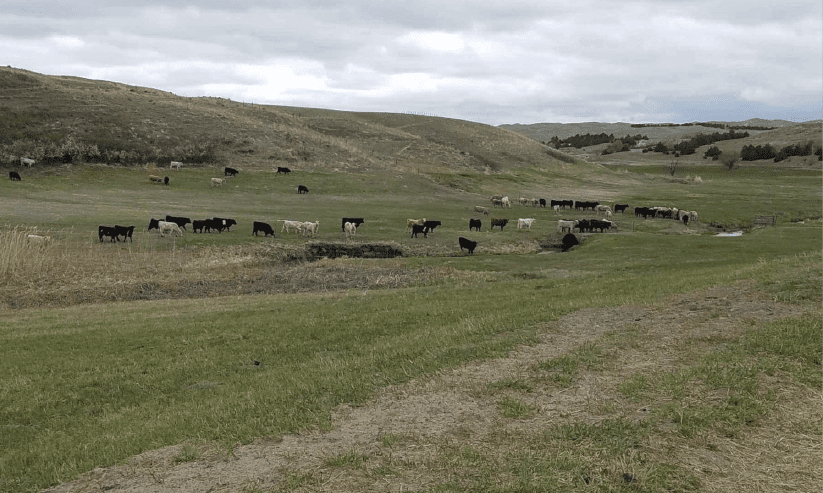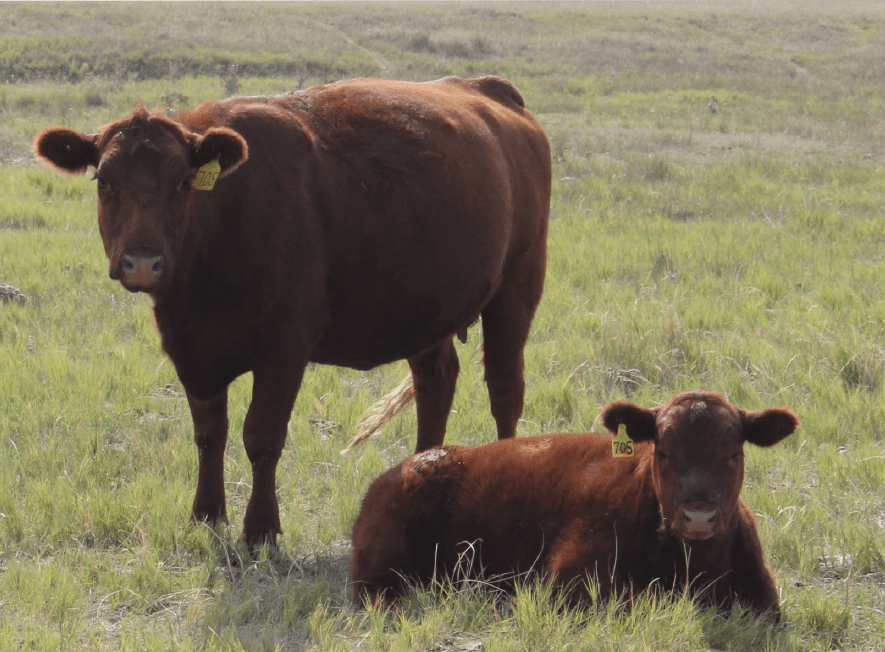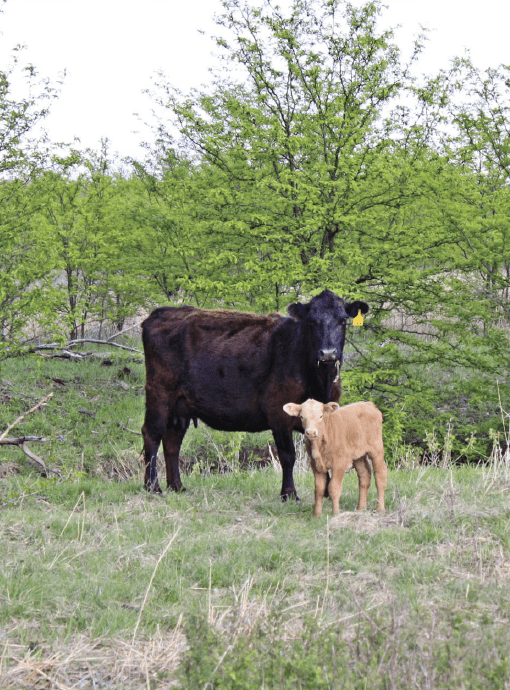


Every day livestock producers are taking steps to protect their families, animals, and operations from various risks.
These risks could include inclement weather, poor nutrition, predators, contaminated water, viruses and microbes, among many others.
Livestock production systems in the U.S. uphold high standards of animal care and handling which in turn provides a safe, wholesome food supply.
In the cattle industry, these standards are outlined in the Checkoff-funded Beef Quality Assurance (BQA) Program.
Biological risk management is also essential for the people working on farms and ranches for preventing the spread of human illness between these operations, as seen with COVID-19. These biosecurity techniques can be applied to your herd.
As discussed in BQA, the goal of biosecurity is to protect animals from disease by minimizing the movement of biological organisms such as pests, viruses, bacteria, or parasites within or onto an operation.
The cost of preventing an animal disease outbreak is far less than the impacts of the disease. For example, when a single case of Bovine Spongiform Encephalopathy (BSE) was discovered in 2003, estimated costs to the U.S. cattle industry export market exceeded $3.2 billion according to a 2005 economic impact study by Kansas State University.
Prevention of common cattle diseases is occurring every day. This may involve quarantining new additions to the herd in a separate pen for 21-30 days before introduction to the herd.
Or it could be washing buckets, bottles, trailers, or other equipment between uses for individual animals or groups of animals.
Vaccination and optimal nutrition are common ways to aid in prevention of diseases such as respiratory diseases in your livestock herd but applying biosecurity principles remains important because not all diseases have vaccines available.
Identification of risk factors for diseases such as Johne’s Disease or Salmonella would also be a part of prevention in the cattle herd. In the end, developing and maintaining a biosecurity plan that is specific to your operation is essential to keeping your herd and our food supply safe.

Daily biosecurity practices include some of the most important steps to protecting your cattle herd and other livestock. BQA has partnered with the USDA funded Secure Beef Supply (SBS) Plan to develop resources for cattle producers on how to properly prepare for daily cattle diseases.
The BQA Daily Biosecurity Plan for Disease Prevention template offers an introductory, stepwise biosecurity plan for identifying biosecurity risks on cattle operations. It goes through several areas on the farm such as animal movement, personnel training, feed and water monitoring, cleaning and disinfection processes, and more.
Though focused on cattle operations of any sector, this plan provides space to include other livestock or animal species in the plan so diversified operations can find utility in this tool.
Producers can customize plans to their own operation, allowing flexibility for producers and their resource team to evaluate what management practices work best for their situation. Working with the herd veterinarian provides unique opportunities for evaluating current biosecurity practices and collaborating on continuous improvement goals for the future.
This plan is a precursor to the SBS Plan and supporting training materials which provide valuable information on developing an enhanced biosecurity plan, which is necessary during a potential foreign animal disease outbreak such as foot and mouth disease (FMD).
FMD is the most contagious viral disease that affects cloven-hooved animals (i.e., cattle, pigs, sheep, goats, wildlife) and could be particularly devastating to the U.S. livestock industry. This disease causes blisters in the mouth and on the feet of these animals.
Thankfully FMD does NOT affect public health or food safety so meat and milk from affected animals are safe to eat and drink. The effects on our economy, trade, and way of life would be tremendous if this disease were to enter the U.S. or North America.
On the SBS website (securebeef.org), producers can learn more about FMD, what it looks like in affected animals, and find tools and design concepts to incorporate into their facilities and their business plans.
To improve their biosecurity practices, cattle and livestock producers can prepare by:

With these biosecurity goals, realize that biosecurity is always a work in progress as your business may change from year to year and different risks may need to be mitigated.
However, you can prioritize action from the BQA Daily Biosecurity and SBS plans on what your operation has already done or could do quickly versus what should be developed over the next year. Record keeping is extremely important during normal business operations and more so during a disease outbreak.
Biosecurity is one thing that the producer has significant control over. Resources in your community such as your veterinarian, extension agent, or BQA state coordinator can work with you to write a biosecurity plan, implement the plan, and update it.
They could also be instrumental in employee education on these biosecurity guidelines to focus on every day.
The most difficult concept about biosecurity is both preparing for a disease that is common, such as respiratory disease, or a disease we hope never comes, such as FMD. These concepts are helpful in keeping both humans and animals healthy and can be continually improved upon.
For more information and downloadable preparation documents, please visit Beef Quality Assurance or the Secure Beef Supply Plan. Together we can take a stepwise approach to protect your animals and your business now and in the future.
Julia Herman serves as the Beef Cattle Specialist Veterinarian at the National Cattlemen’s Beef Association, a contractor to the Beef Checkoff. She works with livestock producers, students, and veterinarians to develop practical educational resources in conjunction with the Beef Quality Assurance program that emphasize optimal animal health and welfare, biosecurity practices, and industry productivity. Her experience spanning both private practice and academic settings has provided a strong foundation to produce applicable tools for producers such as a daily biosecurity plan template and an advanced education online module on biosecurity. Julia earned her DVM and M.S. with an emphasis in Epidemiology from Colorado State University and resides in northern Colorado with her farmer husband.
Get all Doc Talk episodes straight to your email inbox!